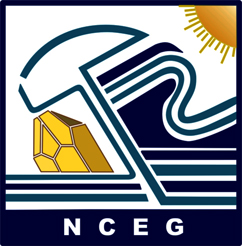Envg.804 Evaluation and Remediation of Land Contamination (3 C.H)
Course Objectives
This course is designed to enable the students to understand the complex processes behind land contamination and remediation. Students will learn to define the source, types and mode of contamination and the risks associated with land contamination to the environment and human health.
Course Contents
- Causes of land contamination: previous or existing industrial land uses, storage of chemicals and fuels, use of leaded petrol, or deposit of contaminated materials
- Statutory contaminated land and land affected by contamination
- Types of contaminants: lead and other metals, petrol or solvents, oil and tars, gases, asbestos, radioactive substances
- Categories of contamination to human, land, ecological system, water, contaminant linkage: contaminant, receptor and pathway; the process of risk assessment: preliminary risk assessment informed by desk-based study, a site visit and walkover, a generic quantitative risk assessment, and various stages of more detailed quantitative risk assessment, risk summary
- Decisions, remediation techniques.
Recommended Books:
- Griffiths, J.S., 2002. Mapping in Engineering Geology: Key Issues in Earth Sciences. Geological Society of London.
- Heipieper, H.J., 2007. Bioremediation of Soils Contaminated with Aromatic Compounds. Springer-Verlag, Netherlands.
- Judith, N.M., Paul, B. and Paul, N., 2011. Contaminated Land Management. EPP Publications, India.
- Nathanail, P., 2004. Reclamation of Contaminated Land (Modules in Environmental Sciences). John Wiley and Sons, USA.
- Ronald, E.H. and Roy, M.H., 2001. Assessment and Reclamation of Contaminated Land, Royal Society of Chemistry, Book Craft Ltd, UK.
- Zhoa, X., 2002. Developing an Appropriate Contaminated Land Regime in China: Lesson Learned from the US and UK. Springer and Science & Business Media, Netherlands.

